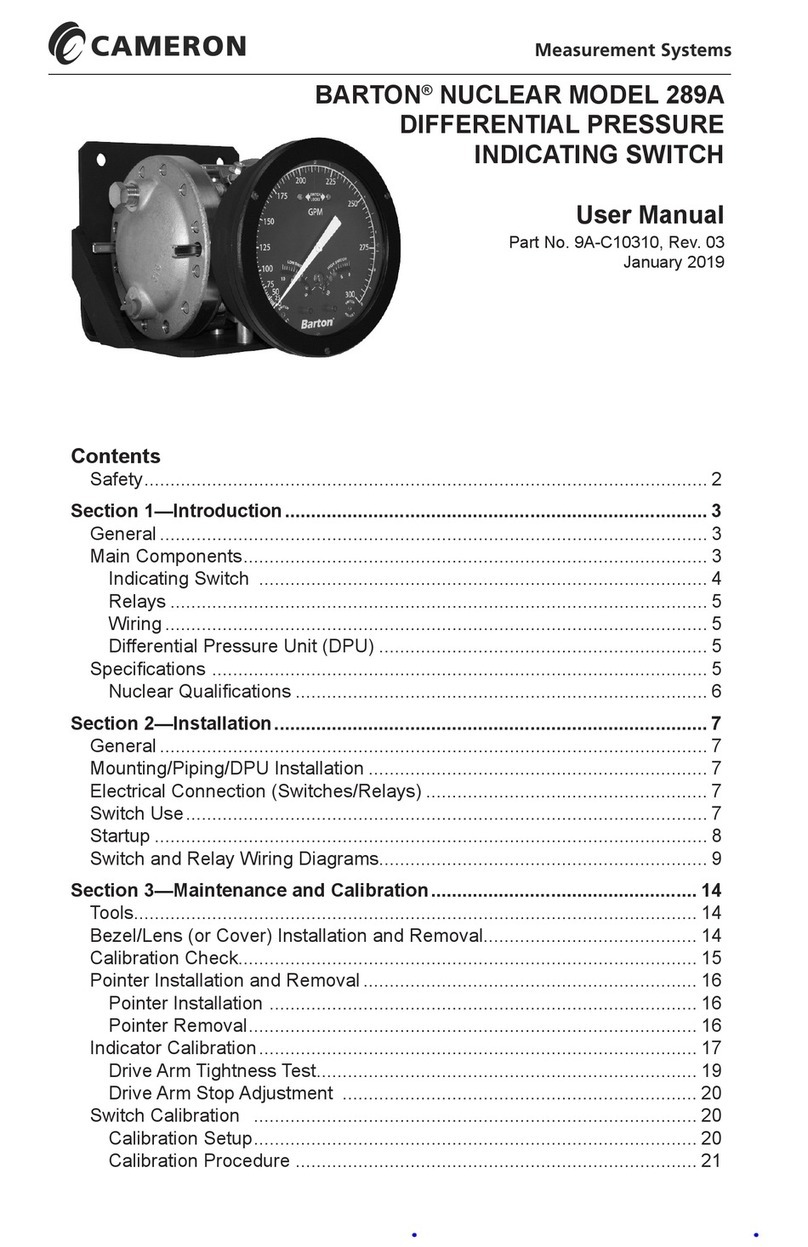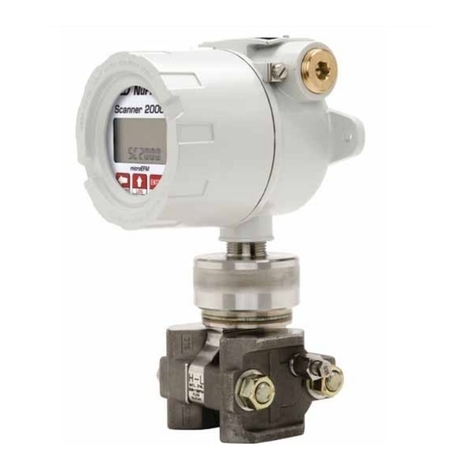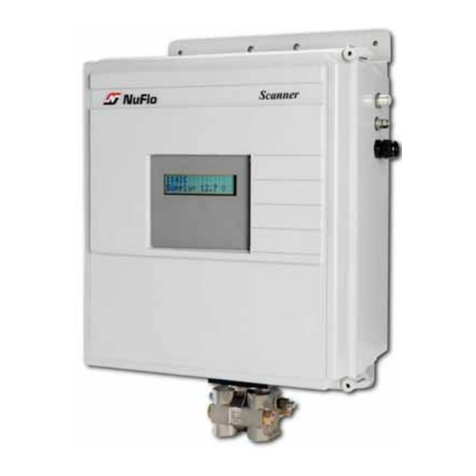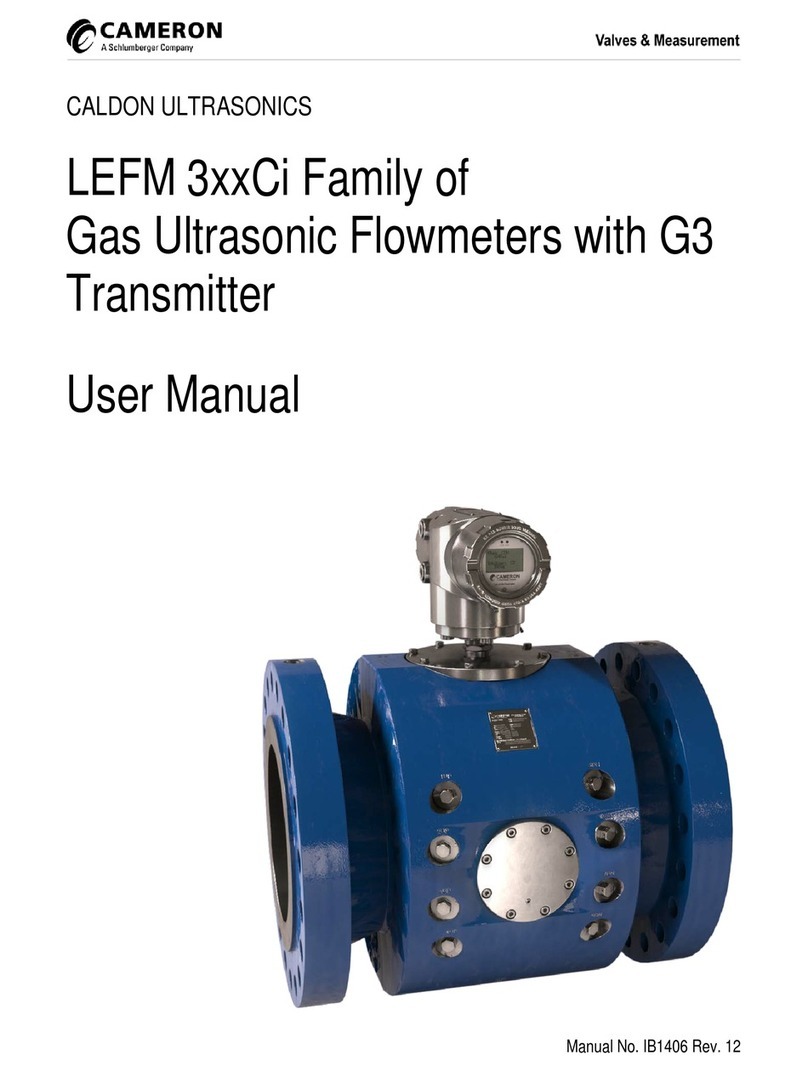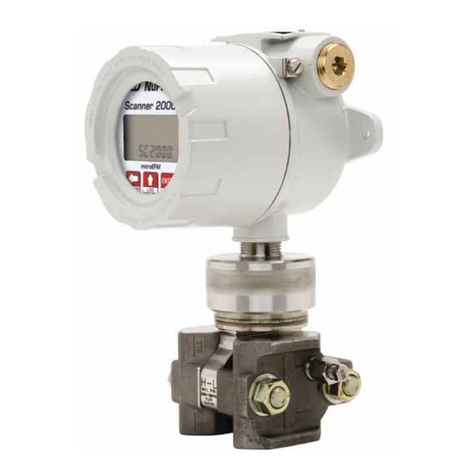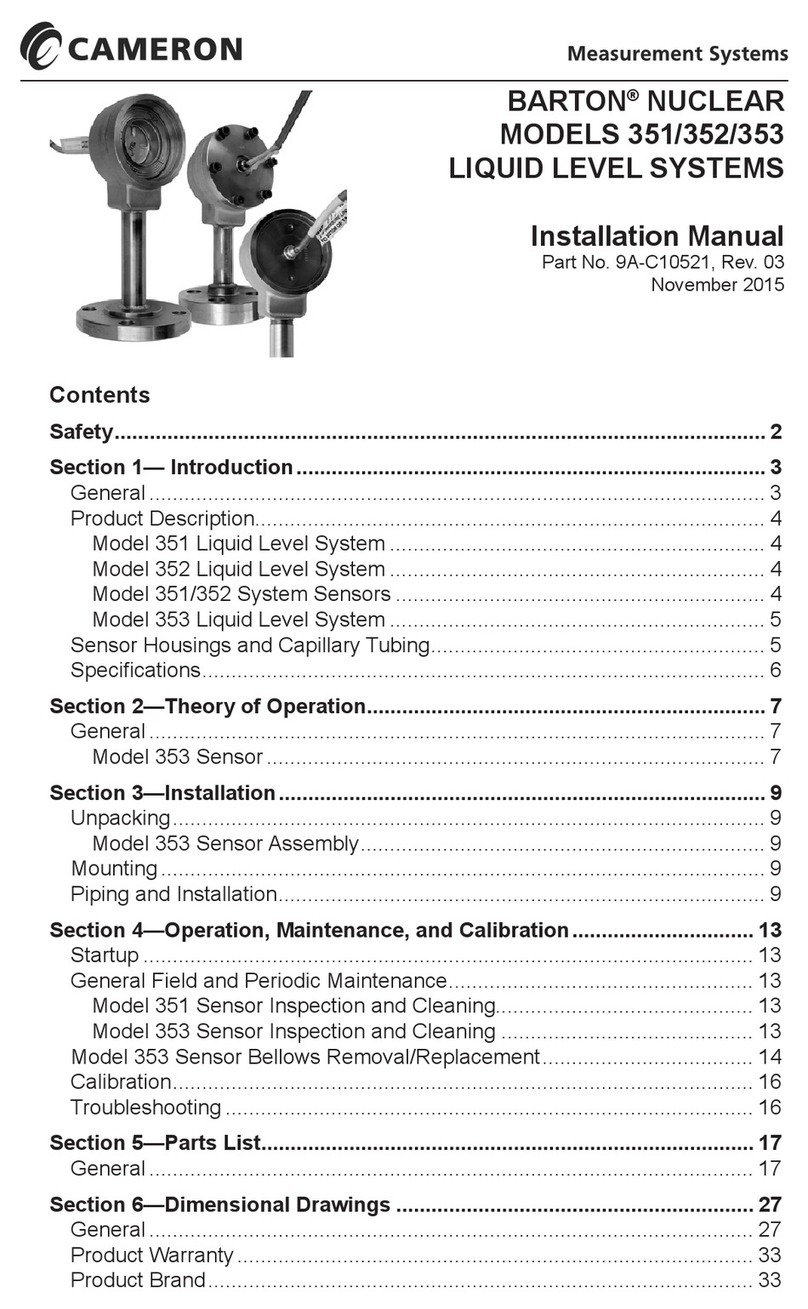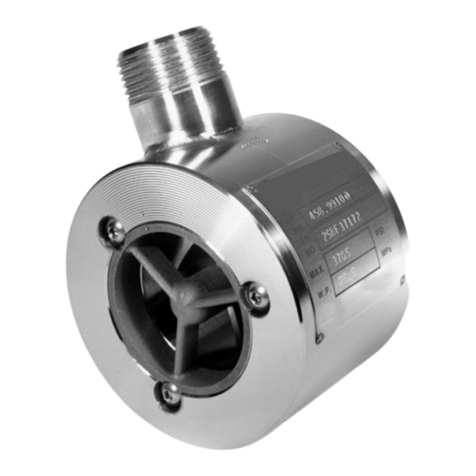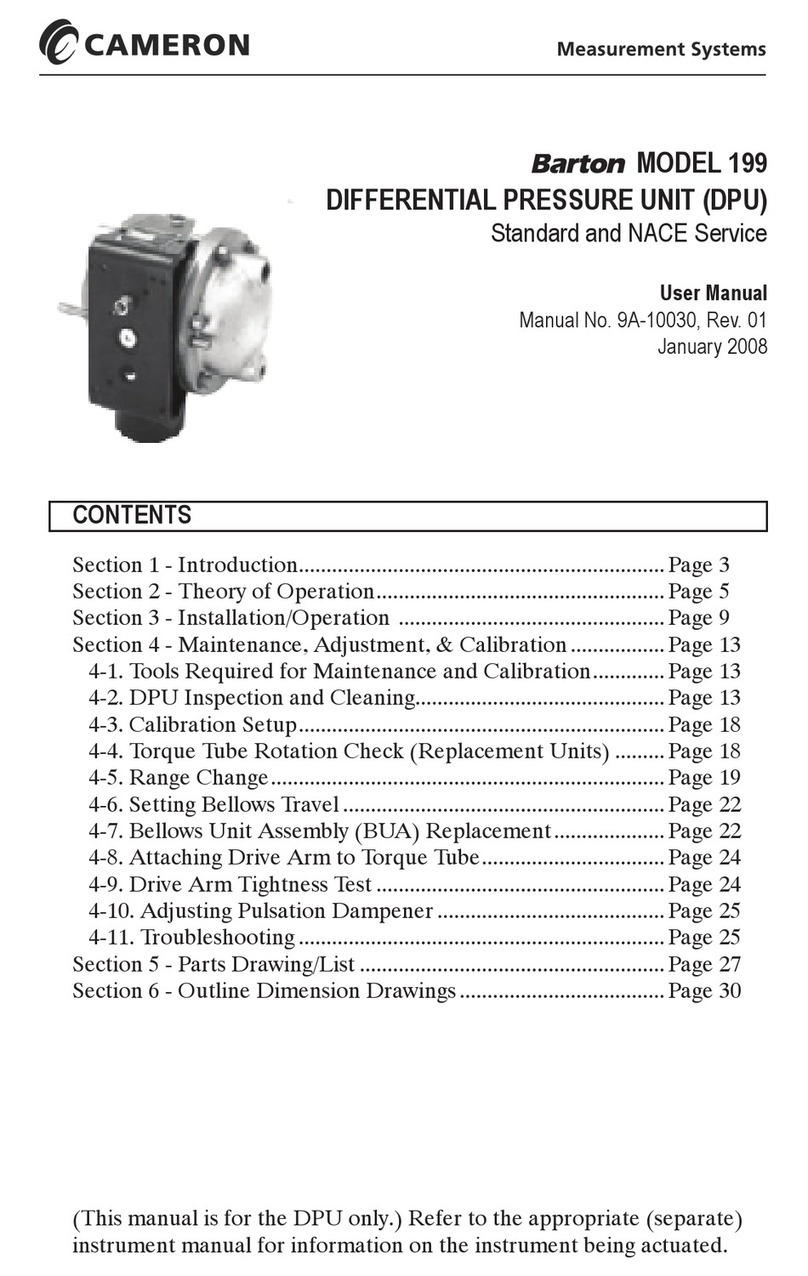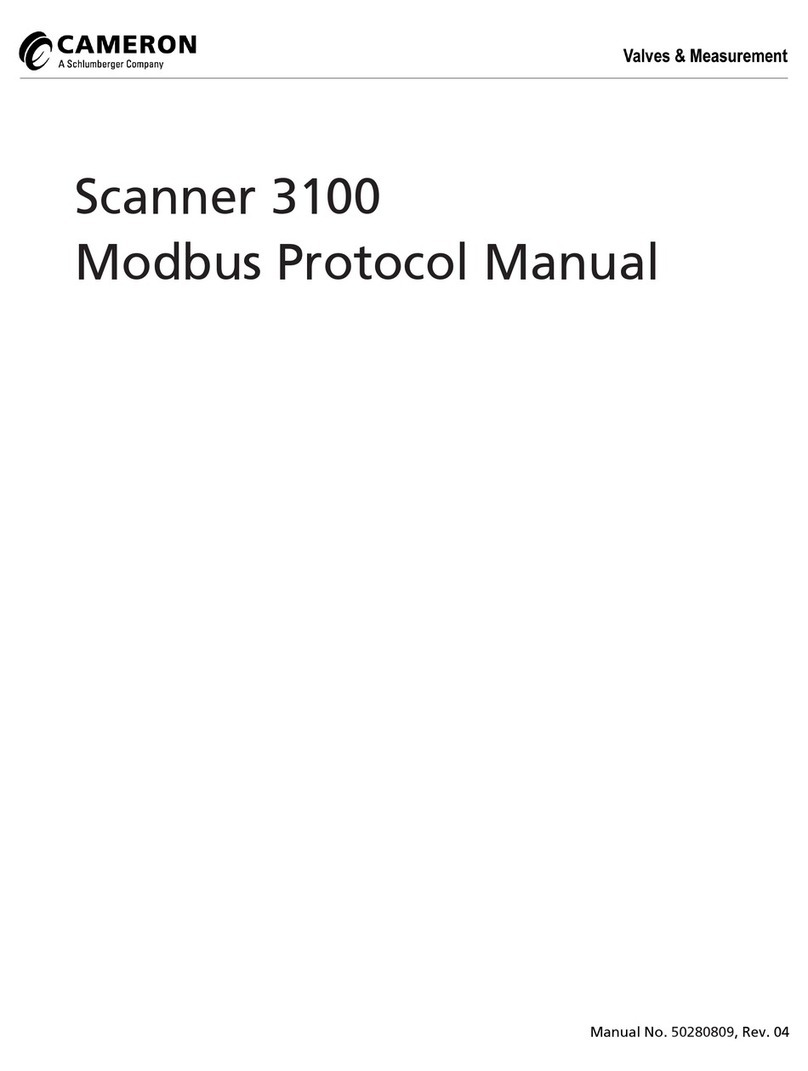
Measuring Liquid via a Differential Pressure Meter ..............................................................................................................46
Best Practices ...............................................................................................................................................................46
Direct Mount to Orice Meter or Cone Meter ................................................................................................................47
Remote Mount to Orice Meter or Cone Meter .............................................................................................................48
Measuring Compensated Liquid via a Turbine Meter ...........................................................................................................50
Best Practices ..............................................................................................................................................................50
Performing a Manifold Leak Test ..........................................................................................................................................51
Zero Offset (Static Pressure or Differential Pressure) ..........................................................................................................51
Static Pressure Calibration and Verication .........................................................................................................................52
Differential Pressure Calibration and Verication .................................................................................................................53
Placing the Scanner into Operation ......................................................................................................................................54
Section 3—Wiring the Scanner 3100 EFM.................................................................................................... 55
Field Wiring Connections......................................................................................................................................................55
Power Supply Wiring ............................................................................................................................................................57
Internal Power Supply ...................................................................................................................................................57
External Power Supply .................................................................................................................................................58
Input Wiring ..........................................................................................................................................................................59
Turbine Flowmeter Inputs ..............................................................................................................................................59
RTD Inputs ....................................................................................................................................................................59
Analog Inputs ................................................................................................................................................................60
Pulse Inputs...................................................................................................................................................................60
Digital Inputs—Contact Closure ....................................................................................................................................61
Digital Inputs—Pulse .....................................................................................................................................................62
Digital Inputs—Open Collector ......................................................................................................................................62
Output Wiring........................................................................................................................................................................63
Analog (4 to 20 mA) Outputs .........................................................................................................................................63
Digital Outputs ...............................................................................................................................................................64
Communications ...................................................................................................................................................................65
RS-485 Communications ..............................................................................................................................................65
RS-232 Communications ..............................................................................................................................................65
Ethernet Communications .............................................................................................................................................66
Section 4—Connecting to the Scanner 3100 Interface ............................................................................... 67
IP Address Options ...............................................................................................................................................................67
Connection Options ..............................................................................................................................................................68
Direct (1-to-1) Connection to a Laptop .................................................................................................................................68
Ad-Hoc Wireless Router Connection ....................................................................................................................................69
Single-Port Router Option (Requires Wireless-Enabled Laptop) ..................................................................................69
Multi-Port Router Option................................................................................................................................................70
Scanner 3100 Network Connection...............................................................................................................................70
WiFi Communications Accessory .........................................................................................................................................70
Installation .....................................................................................................................................................................71
Wiring the WiFi Box .......................................................................................................................................................73
Connecting to the Scanner 3100 ..................................................................................................................................77
Troubleshooting the Wireless Connection .....................................................................................................................77
Adding Security to the WiFi Connection ........................................................................................................................77
Section 5—Display and Keypad Operations................................................................................................ 79
IP Address ............................................................................................................................................................................79
Status Indicators (Glyphs) ....................................................................................................................................................79
Table 5.1—Device Status Glyph Denitions ..................................................................................................................80
Table 5.2—Parameter Status Glyph Denitions ............................................................................................................81
Congurable Display Features .............................................................................................................................................81
Message Display Mode ........................................................................................................................................................82
Keypad Controls ...................................................................................................................................................................82
Table 5.3—Keyboard Controls ......................................................................................................................................82
LCD Display Indicator....................................................................................................................................................82
Viewing Communication Settings ..................................................................................................................................83
iv
Table of Contents Scanner 3100 EFM

